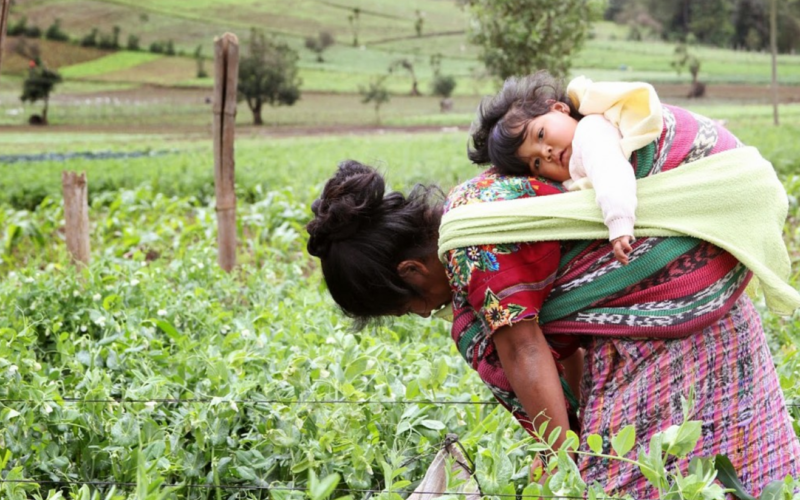Guatemala, known for its rich indigenous culture and lush landscapes, has recently been grappling with a worsening hunger crisis. As much as a quarter of the country’s population, which amounts to an estimated 4.6 million people, has faced food shortages over the past year. This alarming rate marks the highest level of food insecurity recorded by the Integrated Food Security Phase Classification (IPC), a system that generates data for the United Nations.
The hunger crisis in Guatemala coincides with a series of interconnected challenges, making it a complex issue to address effectively. Among these factors are worsening extremes of rainfall and temperature, the lingering impact of the COVID-19 pandemic, and a period of political instability marked by anti-corruption efforts.
Guatemala finds itself situated within a region known as the Central American Dry Corridor, which has become increasingly susceptible to climate change-induced challenges. The United Nations’ Intergovernmental Panel on Climate Change has warned of intensifying droughts and their potential effects on agriculture and food security in this region.
Over the last decade, countries in the Central American Dry Corridor have experienced more prolonged and severe droughts and endured numerous hurricanes, resulting in extensive crop damage. This environmental volatility has placed immense strain on the livelihoods of communities dependent on agriculture.
Reports from the U.S. Agency for International Development (USAID) reveal that hunger has spread rapidly in Guatemala over the past decade. In 2022, an alarming 44 percent of Guatemalan children were found to fall outside the normal height-for-age range, according to UNICEF. Tragically, at least 127 deaths among young children were suspected to be related to hunger in the first nine months of the year, marking a significant increase from the same period in the previous year, according to Guatemalan government data.
Increasingly, experts and international organizations have recognized climate change as a central factor contributing to crop damage, food shortages, and migration decisions in Guatemala. Climate change-induced droughts and extreme weather events have dealt a severe blow to the country’s agriculture sector, resulting in food insecurity and malnutrition.
The U.S. State Department, the United Nations Food and Agriculture Organization, and a dozen experts consulted for this article have all voiced agreement on the role of climate change in Guatemala’s hunger crisis. As the world confronts the profound consequences of climate change, the situation in Guatemala serves as a stark reminder that addressing global warming and its impact on food security must be prioritized on a global scale.
Guatemala’s Mayan highlands are experiencing a severe hunger crisis, with climate change playing a significant role in exacerbating the issue. As communities grapple with dwindling resources and food scarcity, there is an urgent need for international cooperation to combat climate change and alleviate the suffering of the people in this region. The world must act swiftly to address the growing hunger epidemic in Guatemala and other vulnerable areas, recognizing that climate change and its consequences demand immediate attention and action.








